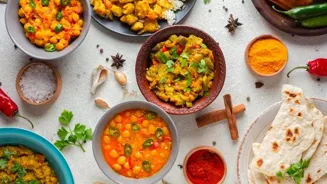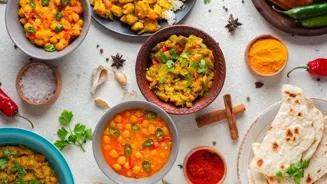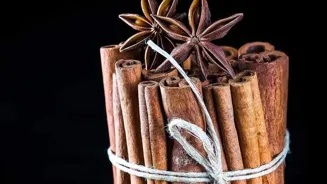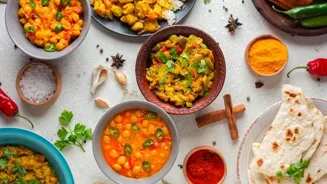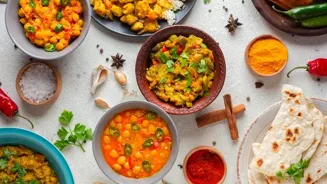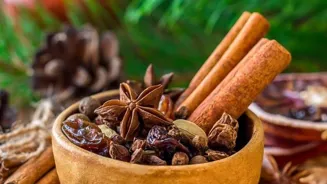Discover the essence of Indian cuisine with these 10 essential ingredients. Unlock the secrets to flavorful dishes!
Namaste, food lovers! If you've ever been enchanted by the explosion of flavors in Indian
cuisine, you might've wondered about the secrets behind it. It's not just about following a recipe; it's about understanding the core ingredients that form the building blocks of authentic Indian dishes.
So, put on your aprons, and let's explore the 10 essential ingredients that will transport your kitchen straight to the heart of India.
Turmeric (Haldi): The Golden Healer
Turmeric, with its vibrant yellow color, is more than just a spice; it's a staple in every Indian kitchen. Known for its earthy, slightly bitter flavor, turmeric adds a warm hue and a host of health benefits to your dishes.
Besides its culinary uses, it's also a celebrated ingredient in Ayurvedic medicine, thanks to its powerful antioxidant and anti-inflammatory properties. From lentil soups (dal) to vegetable curries (sabzi), turmeric finds its way into almost every savory preparation.
It commonly used as a base for lentil broths (dal) and everyday veggie curries, it makes a big different to dishes.
Cumin (Jeera): The Earthy Aromatic
Cumin, or jeera as it's fondly known, brings a warm, earthy, and slightly bitter flavor to Indian dishes. Whether used whole or ground, cumin is a versatile spice that enhances the taste of everything from rice dishes (biryani, pulao) to yogurt-based dips (raita).
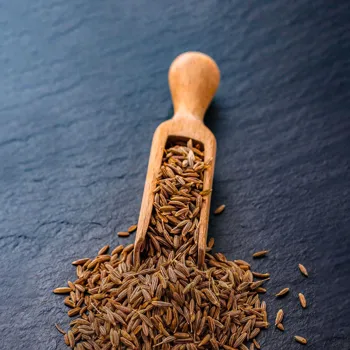
Roasting cumin seeds before adding them to a dish intensifies their flavor, releasing their aromatic oils. Ground cumin is a key ingredient in many spice blends, like garam masala and curry powder.
It is also used as a breath freshener in every household and is commonly added to curd since it has cooling properties.
Coriander (Dhaniya): The Fresh Herb
Coriander, or dhaniya, comes in two forms: fresh leaves and dried seeds. Fresh coriander leaves are used as a garnish, adding a burst of freshness and a bright, citrusy flavor to dishes. Coriander seeds, on the other hand, have a warm, nutty, and slightly citrusy flavor when ground.
They are a crucial component of many Indian spice blends and are often used to thicken sauces and curries. Coriander is frequently added as a garnish after any dish is done. Fresh coriander are packed with vitamin C and helps fight infection. It is easily available in shops.
Ginger-Garlic Paste: The Flavor Foundation
Ginger-garlic paste is the unsung hero of Indian cooking, forming the base for countless dishes. The pungent aroma of garlic combined with the warmth of ginger creates a flavorful foundation that adds depth and complexity to curries, stir-fries, and marinades.
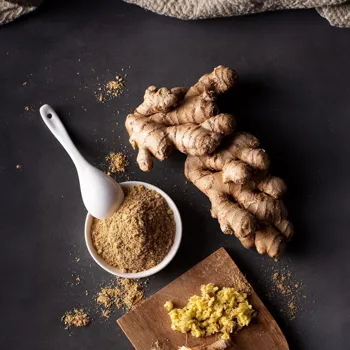
Making your own ginger-garlic paste is easy and ensures the freshest flavor. In simple terms it is one of the key elements that enhances the taste of any food. If you are good at making this you can create magic in your kitchen. This is also used for treating cough or cold.
Mustard Seeds (Rai): The Pop of Flavor
Mustard seeds, or rai, are tiny but mighty, packing a powerful punch of flavor to Indian dishes. When tempered in hot oil, mustard seeds pop, releasing their pungent, slightly bitter, and nutty flavor.
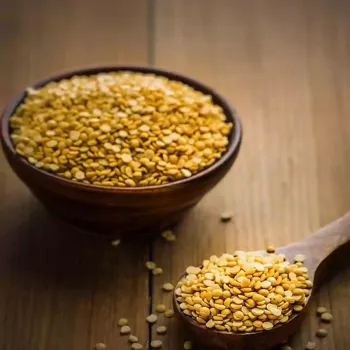
They are often used in South Indian dishes like sambar and rasam, as well as in pickles and chutneys. Mustard oil, extracted from mustard seeds, is also a popular cooking medium, especially in North and East India, adding a distinctive flavor to dishes.
There are two types of Mustard seeds, black and yellow. Both are used in cooking to add taste.
Green Chilies: The Heat Factor
No Indian kitchen is complete without green chilies! These fiery peppers add a welcome kick of heat and a vibrant flavor to dishes. From mild to extremely hot, green chilies come in various varieties, so you can choose the level of spiciness that suits your taste.
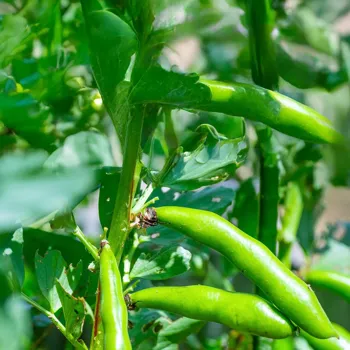
They can be added whole to curries, chopped and sprinkled on salads, or ground into a paste for marinades. Remember to handle them with care and wash your hands thoroughly after handling green chilies. Green chillies are an irreplaceable part of Indian Cuisine. It adds the spice in the dish.
The variety of chillies available depends on the weather.
Garam Masala: The Aromatic Blend
Garam masala, which literally translates to "warm spice," is a blend of ground spices that adds warmth, depth, and complexity to Indian dishes.
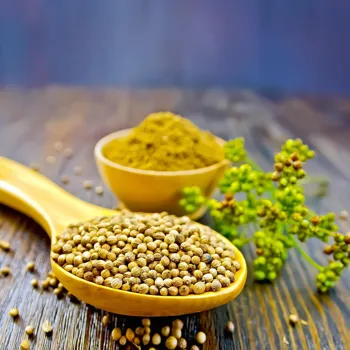
The exact composition of garam masala varies from region to region and family to family, but it typically includes spices like cardamom, cinnamon, cloves, cumin, coriander, and black pepper. Garam masala is usually added towards the end of cooking to preserve its aroma and flavor.
No Indian feast is complete without a dash of Garam Masala. Garam Masala is also one of the most exported item from India.
Lentils (Dal): The Protein Powerhouse
Lentils, or dal, are a staple in Indian cuisine, providing a rich source of protein, fiber, and essential nutrients. From the creamy, buttery dal makhani to the tangy, lentil-based sambar, lentils are used in a variety of dishes, each with its unique flavor profile.
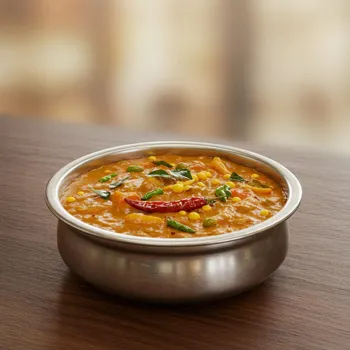
There are numerous varieties of lentils, including moong dal, toor dal, urad dal, and masoor dal, each with its distinct taste and texture. Dal is served with rice or roti and is an essential part of everyday meal. India produces and exports Dal in large quantity.
Rice (Chawal): The Staple Grain
Rice is the cornerstone of Indian cuisine, serving as the perfect accompaniment to curries, dals, and vegetable dishes. From the fragrant basmati rice to the short-grained sona masoori rice, there are numerous varieties of rice to choose from, each with its unique texture and flavor.
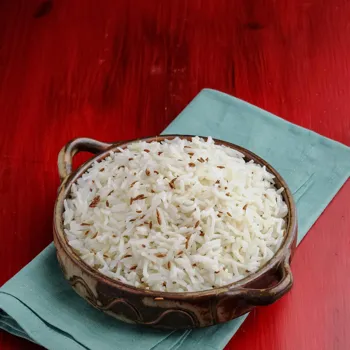
Rice can be steamed, boiled, fried, or ground into flour to make a variety of dishes, like idli, dosa, and appam. In short, this is a carbohydrate that is a must. Rice is a major crop and is available majorly in North East India.
Cooking Oil (Tel): The Medium of Flavor
The choice of cooking oil plays a crucial role in the flavor and authenticity of Indian dishes. Traditionally, ghee (clarified butter), mustard oil, and vegetable oils like sunflower or groundnut oil are used. Ghee adds a rich, nutty flavor, while mustard oil imparts a pungent aroma.
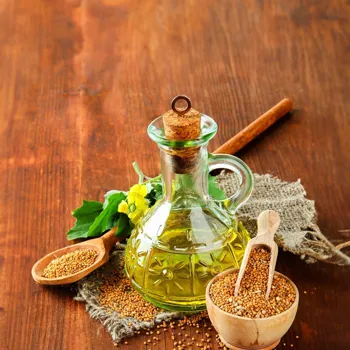
The choice of oil depends on the region and the dish being prepared. Remember to use oil sparingly to maintain a healthy diet. Ghee can also be made at home for a fresh flavor. The type of cooking oil also depends on the weather.
These 10 essential ingredients are the foundation of authentic Indian cooking. Experimenting with these spices and ingredients will help you unlock the secrets to creating delicious and flavorful Indian dishes in your own kitchen. Happy cooking!
AI Generated Content. Glance/InMobi shall have no liability for the content